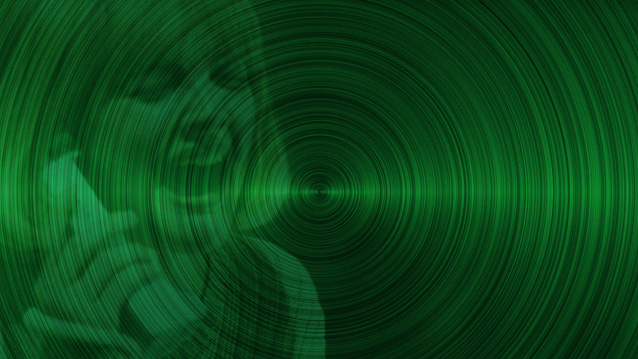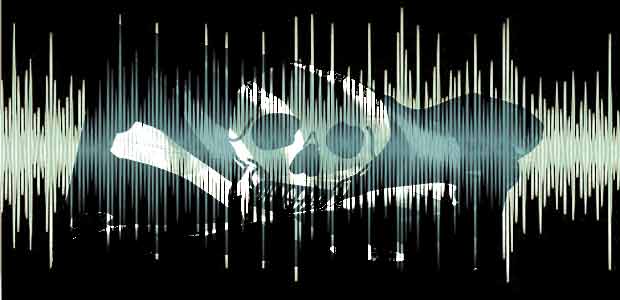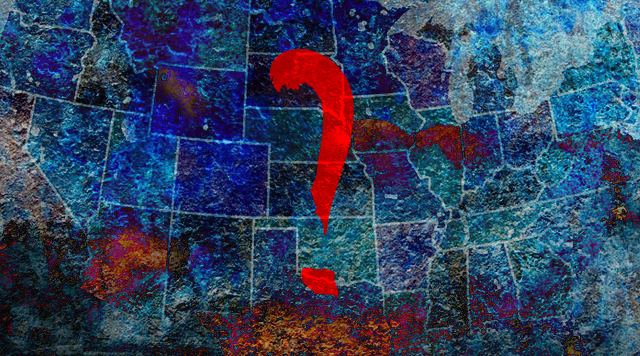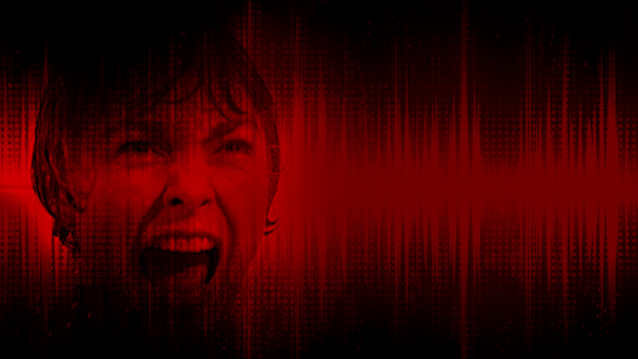
Contributed by Ken Webster of Sinful Audio
Let’s be honest. For most haunts and escape rooms, the exhilaration of introducing new props, puzzles, animatronics and lighting effects has traditionally far outweighed the excitement of implementing new sound effects and audio reinforcement. It’s a well-established pattern that also includes film and stage productions. The reasons, which we won’t go into here, are various and often based on budget and what is perceived as the greatest value or “wow” factor in a production.
So as I’m flying to Alaska to capture field audio and wild sound (makes us audio people sound like exciting individuals doesn’t it?) I have the opportunity to write to you and reveal a few aspects of audio, as well as some key insights into the human senses, that I hope has the effect of invigorating excitement for sound design and its role within your attraction.
Scary Growl
Making Magic Happen
Most everyone who has seen a magic show knows, it’s all about illusion. The sleight of hand, the deception, the smoke and mirrors that ultimately lead us to believe that what we are seeing is indeed magic and the magician is imbued with gifts of the supernatural. The real trick here is to draw you in, to keep your focus, and to leave you guessing how it was done. Ultimately, magic becomes an escape from reality and a chance to indulge and stimulate our senses beyond our every day.
You, the haunt or escape room owner, designer, enthusiast know this first hand. You are constantly thinking of new and creative ways to transport your customers to a world of make believe. You set out to deceive them, to distract them from reality. Your goal is to invoke feelings of excitement, fear and envelope them in mystery; ultimately to resolution and a feeling of accomplishment. You design your props to appear as real as possible and your theme to visually stimulate and enforce what you wish your customers to believe is real.
Sound as a Piece of the Magical Puzzle
A lot of people smarter than me (often referred to as cognitive psychologists, physicists, audiologists, anyone over the age of 5, and so on) have spent their lives investigating the impact of sound on our environment and how it affects us both physically and mentally. I like to break it down by thinking of a jigsaw puzzle.
The Butcher
When putting a puzzle together, you are engaging and exercising your brain, stimulating short and long term memory. The key to success is to be able to vividly imagine the picture you are trying to put together, while keeping track of minute detail as you select pieces that have no real context until they are placed together and made part of the whole image. Now think of the entire puzzle as your brain attempting to piece together all it can about the world. As we know, it takes multiple senses to engage us and help us understand the world around us. Sight, Sound, Taste and Touch all combine to give us a perception of what is around us at any given time AND to help us remember key details as we interact with them in life. Like a puzzle, each piece (or sense) contributes to the whole image. Without the ability to sense our surroundings, we are limited to how we complete the puzzle or, engage and retain memory of the vast world around us.
Putting The Puzzle Together
Now let’s apply this concept directly to our haunt and escape room endeavors. There are two primary things we are trying to do when we design and build our attraction.
- Provoke emotional responses
- Stimulate short and long term memory
Saw Room
It is obvious that as a haunt owner, you are doing everything you can to get an emotional response from your audience. The primary responses, of course, are fear and excitement. The brain is an easily manipulated thing, and through the use of life-like props and pneumatics, actors, sets and room design, you can create a believable theme that takes a person from the “real” world and immerses them in one of your own creation. Having something jump out at you around that corner, or an image of impending doom will frighten your guests as well as increase their adrenaline which generates the fight or flight response (hopefully more flight than fight here.). But to really enhance the reaction and the realism, it is necessary to stimulate all the senses possible. The two most common ways are through sight and sound. We will focus on touch here in a bit, but of the senses, the two I mentioned are the most easily designed and implemented.
Invoking fear
Sight and Sound go hand in hand and are often the most crucial to a cognitive response and long term memory. Sound has an added benefit of being Omni-directional, meaning, the sound you hear can be coming from in front of you, behind, above or below. Basically from any direction possible. And that, I must say, is probably the most manipulative sense of all. You may not be able to see that “thing” lurking above you, but you certainly can hear its raspy breathing. I have to imagine that before we had electricity or the control of fire, our ability to hear kept us alive as early humans crawling around in the dark. Interesting… not much electricity or light in those haunted houses now are there?
My point? With our ability to use sound directionally, omni-directionally, in surround sound and to pan or move the sound however we wish, we have one of the most versatile ways of invoking emotional response in our customers. We can deceive, distract and enhance our props and give life and atmosphere to a room. We can fit the pieces together and make an image more lifelike and complete the puzzle by combining both sight and sound. But wait…. It gets better.
By combining just those two senses, we have effectively increased the minds awareness, belief and memory of the experience. Why is this important? Well, we know that we are more capable of scaring the hell out of our guests at a haunt by leveraging what they see and hear. Now we have solidified the experience in their minds and embedded it in their memory. And a customer that remembers an experience is going to tell others. And they are likely to come back again. And again. Sounds good right?
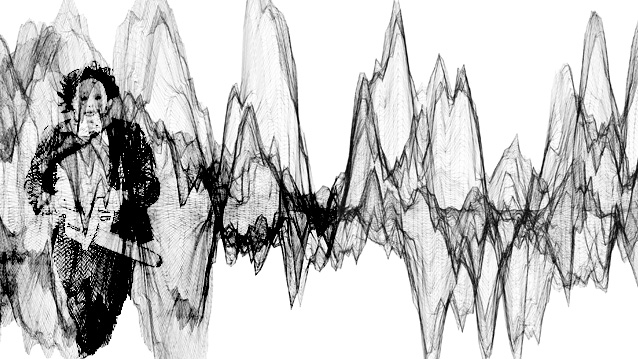
We Have Feelings Too
Ok, if you are still with me, let’s take this a step further. Remember how I said that the more senses you can engage, like a puzzle, the more likely a customer will react and remember the moment? We know that using sound effectively will definitely do the job, but what about another sense such as touch or feeling?
It Cries
Unless you are running a haunt or escape room that has an incredible amount of liability insurance and security, your actors are probably not going to be touching the patrons nor be willing to be touched themselves. Customers may casually touch a prop or object as they move through a haunt, or manipulate objects as they solve a puzzle in an escape room, but this isn’t the same as actively engaging and touching them. So is it possible? Let’s take the fact that the largest organ the human body has is its skin, with millions of pressure sensing nerve endings waiting to be stimulated (easy now, this is science). How can we take advantage of this? If sight and sound can induce our intended response and create lasting memories, just imagine if we added touch and feeling!
How can you stimulate all these senses at once?
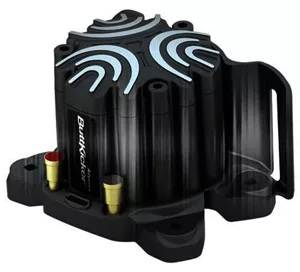
Transducer for Haunt Audio Effects
So imagine if you will your haunt with a room that has lighting. A flash of light, followed by the roll of thunder to engage sight and sound. Now what about that feeling? For anyone who has been caught in a thunderstorm, you know first-hand that the ground will shake when in close proximity to a lighting strike. How did you feel? Exhilarated? Scared? All of the above? Well that’s three senses that just made you feel that way. And there is no reason we can’t simulate this in our haunt or escape room. The most effective way is to use what is called a transducer. A transducer is effectively a piston within a casing that is driven by lower frequencies and creates a strong vibrating action. These are often placed in specialized movie theatres, home theatres and used for flight simulations and other situations that lend themselves to an immersive experience.
Now imagine that same room, but now you have connected a couple of these transducers to a floor, desk or wall. The lighting strikes, the thunder rolls and your customers are shaking not just from the vibration of the floor they are standing on, but from absolute fear! As an aside, you take the one thing that keeps us grounded and feeling safe… ummmm… the GROUND and you start shaking it? You may need to hire someone with a mop to clean up every now and then. The same goes for an Escape Room. You’re not necessarily trying to induce fear here, but you are certainly wanting guests to respond to the success of solving a puzzle or opening a hidden passage or secret compartment. The moving of stone, perhaps, and simulating that with sound and vibration. Certainly an added effect that will get your customers talking and returning with their friends and families!
Now of course I really didn’t “touch” on the sense of smell or taste. There are a number of products out there that will induce smell, if that is your thing, especially through the use of fog. Again, one more sense that will certainly leave a lasting impression! (good or bad). As for taste; not even going to go there. I’ll leave that one up to you!
Sounding Off
 But as I summarize what we talked about, I wanted to interject another often overlooked aspect of keying in on the human senses. Not everyone has the benefit of being able to utilize all of their senses. And I think this is something that needs to be considered when we design our haunts and escape rooms. Our friends or family members who may not be able to see or hear can often find that their options are limited in the world of entertainment. We have come a long way, but I think for the haunted attraction and escape room community, it gives us an opportunity to think and design differently. Sound and Touch become extremely important to someone who can’t see. Sight and Touch to someone who can’t hear. Incorporating these thoughts into design decisions benefits not only customers who may have impairments, but creates an exceptional experience for everyone. And I think that’s what we are all about when it comes to entertaining, engaging and making sure our customers have a fantastic time!
But as I summarize what we talked about, I wanted to interject another often overlooked aspect of keying in on the human senses. Not everyone has the benefit of being able to utilize all of their senses. And I think this is something that needs to be considered when we design our haunts and escape rooms. Our friends or family members who may not be able to see or hear can often find that their options are limited in the world of entertainment. We have come a long way, but I think for the haunted attraction and escape room community, it gives us an opportunity to think and design differently. Sound and Touch become extremely important to someone who can’t see. Sight and Touch to someone who can’t hear. Incorporating these thoughts into design decisions benefits not only customers who may have impairments, but creates an exceptional experience for everyone. And I think that’s what we are all about when it comes to entertaining, engaging and making sure our customers have a fantastic time!
So as we put the puzzle together for our attraction, and think of all the innovative ways we can make magic happen, we now have a lot more in our toolbox to work with and consider. It’s truly a great time to be a haunt or escape room owner with all the innovative and technical ways we have at our disposal to make our themes come to life. And if we continue to tap into the primal complexities and opportunities of the human mind and senses in concert with all these innovations, we will surely succeed in puzzling, terrifying and exciting our customers each and every year.
Creature Bellows

